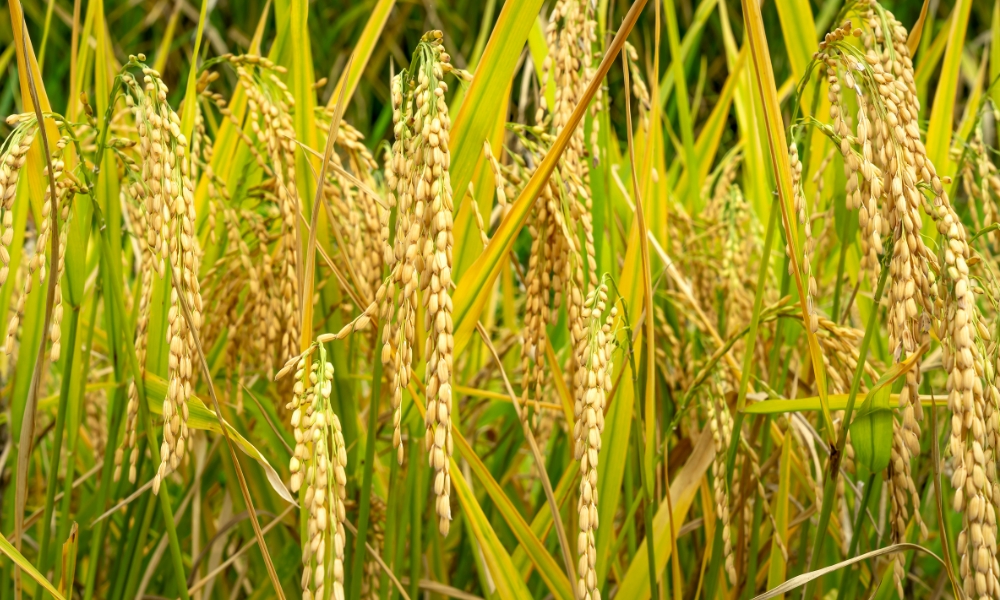Agriculture in The Gambia has been a cornerstone of the country’s economy for generations. Farmers across the region have relied on subsistence farming techniques, traditional irrigation methods, and local knowledge to cultivate staple crops. Today, however, a new wave of sustainable agriculture is emerging—bringing innovative technologies, climate-smart farming practices, and agribusiness opportunities to local producers. In this blog post, we explore the latest trends shaping the future of farming in The Gambia, highlight opportunities for youth empowerment, and discuss how platforms like ROOTS are creating transformative impact in the agricultural sector.
1. Embracing Climate-Smart Agriculture
Climate change poses a significant challenge to farmers worldwide, and The Gambia is no exception. Irregular rainfall patterns and prolonged droughts directly affect crop yields and livestock health. By adopting climate-smart agriculture techniques, such as conservation tillage, crop rotation, and water-efficient irrigation, farmers can boost productivity while conserving vital resources. These sustainable methods maintain soil fertility, minimize erosion, and ensure resilience against unpredictable weather patterns.
Key Strategies:
- Drip Irrigation: Reduces water waste and ensures targeted hydration for crops.
- Drought-Resistant Seed Varieties: Enhances crop survival during water-scarce periods.
- Agroforestry: Integrates trees with crops, promoting biodiversity and protecting against soil degradation.
2. Leveraging Technological Innovations
Agritech solutions are taking root in The Gambia, revolutionizing how farmers plant, harvest, and market their produce. From mobile apps that provide real-time weather updates to sensors that monitor soil health, modern technologies are making agriculture more efficient and data-driven.
Examples of Cutting-Edge Tools:
- Precision Farming Devices: Use GPS and satellite imagery to optimize planting and fertilizer use.
- Mobile Market Platforms: Connect farmers with buyers, ensuring fair prices and reducing middlemen.
- Smart Irrigation Systems: Automate water distribution, reducing labor and preserving resources.
By embracing these innovative technologies, farmers can increase crop yields, cut costs, and elevate their agribusiness ventures. Moreover, these advancements open doors for youth in agriculture, encouraging the next generation to see farming as a modern, profitable career path.
3. Organic and Regenerative Farming
Consumer demand for organic produce and regeneratively grown crops is on the rise globally, including in The Gambia. Organic farming focuses on limiting chemical inputs like synthetic fertilizers and pesticides, thus preserving biodiversity and improving soil health. Regenerative agriculture goes one step further—prioritizing practices that restore ecosystems, capture carbon in the soil, and bolster biodiversity.
Benefits of Organic and Regenerative Methods:
- Healthier Soils: Enhanced microbial activity and nutrient cycling.
- Reduced Chemical Pollution: Protects local waterways and wildlife.
- Premium Market Prices: Organic produce often fetches higher returns in both local and export markets.
By sharing best practices and success stories on platforms like roots.gm, Gambian farmers can learn from each other and build sustainable farming communities.
4. Strengthening Agricultural Value Chains
A strong value chain is essential for maximizing agricultural development. From the field to the plate, each step must be optimized to ensure that farmers receive fair compensation and consumers get access to high-quality produce.
Key Areas of Improvement:
- Storage and Processing: Investing in storage facilities, refrigeration, and processing units can reduce post-harvest losses.
- Transportation: Efficient transport systems ensure fresh produce reaches markets swiftly.
- Market Access: Digital platforms and e-commerce solutions connect farmers directly with local and international buyers.
With robust value chains, Gambian agriculture can become more competitive, attracting agribusiness investments and fostering long-term growth.
5. Community-Based Initiatives and Cooperatives
Community-based agriculture and farming cooperatives have proven effective in driving rural development. By pooling resources and sharing knowledge, small-scale farmers can lower input costs, improve market access, and negotiate better prices for their crops.
Notable Advantages:
- Collective Bargaining Power: Farmers gain leverage in negotiations with buyers and suppliers.
- Knowledge Sharing: Collaborative training sessions help disseminate best practices in organic farming, livestock management, and more.
- Financial Support: Co-ops can often secure loans and grants more easily than individual farmers.
Platforms like roots.gm play a crucial role by showcasing these success stories and connecting cooperatives with potential partners.
Conclusion
The future of sustainable agriculture in The Gambia is bright, fueled by innovative technologies, organic farming practices, and community-driven initiatives. By embracing climate-smart agriculture, strengthening value chains, and leveraging digital platforms like roots.gm, Gambian farmers are poised to tap into new markets, improve food security, and drive economic development.
Whether you’re a small-scale farmer exploring agroecology, an investor looking for agribusiness opportunities, or a policy-maker shaping the agricultural sector, now is the time to act. Together, we can cultivate a more resilient, profitable, and sustainable future for Gambian agriculture—one rooted in innovation, collaboration, and respect for the land.


